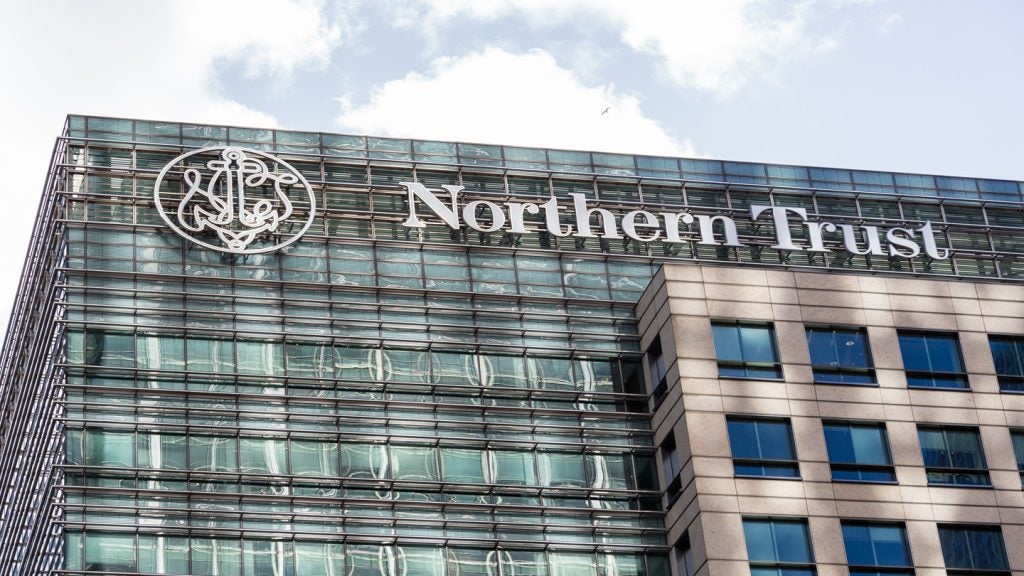
Future of Crypto in Private Banking Outlook for 2023
Cryptocurrency and blockchain has always been on the cusp of legitimacy in financial services. After a big 2022, will 2023 be the year that crypto breaks through in private banking? Patrick Brusnahan checks in with the experts
Nick Saponaro, CEO, Divi
Bitcoin will find its bottom: It’s difficult to say how long the crypto winter will last as global economic health will continue to exert a major influence on the timetable for the next breakout. We’re not out of the woods yet. We’ll likely see another dip. Then a slow climb back. The last bear market was over two years long. We’re only a year into this one, and the macroeconomic climate is significantly worse.
Growth will come once we’ve hit bottom. While the dollar remains strong, this won’t happen. For that, there will need to be blood in the streets. There’s blood, but it hasn’t hit Mainstreet yet. Once it does, then we’ll know that we’ve bottomed out.
Recession will kick off the next bull market: A recession in 2023 is inevitable. We are already seeing the warning signs. Treasury yields are hitting new highs while the stock market hits new lows. Production has slowed since the pandemic and will likely continue to grind into an extended period of stagflation. Retail confidence is low and will impact spending as people tighten their belts in preparation for the cost of living crisis.
The stock market has already taken a beating and will continue to do so as people convert their investments back to cash to avoid further devaluing their position. However, when the volatility begins to subside, they will redeploy back into commodities.
Everything comes down at once in a recession. Initially, you’ll see commodities in particular dip alongside equities. But they are also the first to bounce back again. Once we’re in the throes of a global downturn, we’ll likely see a variance in the correlation between the S&P, the crypto markets, and other commodities markets.
How well do you really know your competitors?
Access the most comprehensive Company Profiles on the market, powered by GlobalData. Save hours of research. Gain competitive edge.

Thank you!
Your download email will arrive shortly
Not ready to buy yet? Download a free sample
We are confident about the unique quality of our Company Profiles. However, we want you to make the most beneficial decision for your business, so we offer a free sample that you can download by submitting the below form
By GlobalDataBitcoin will regain its store of value narrative: It is not uncommon for stores-of-value to take a hit early in a recession with late-stage rebounds. I wouldn’t be surprised to see commodities like gold and bitcoin rebound before most other assets once the recession has taken hold. Bitcoin behaves like a commodity. Like gold, it’s a store of value that has utility. So, there’s a demand for it no matter what’s happening in the macroeconomic environment, perhaps not in making physical things but as a delivery vehicle for eCommerce and financial services.
Corporate adoption will drive mainstream adoption: Brands will be the real driver of mainstream adoption. Next year we’ll see more pilot programs as corporations continue to test the potential of web3. They will move beyond cash-grab NFTs and look at the proper strategic integration into their ecosystems.
Starbucks Odyssey loyalty scheme is a good example. Loyalty is a use case where crypto/blockchain offers an excellent fit and opportunity for brands to innovate schemes that mutually benefit businesses and users. Development of the underlying App chains will continue making it easier for businesses to build on. Next year, we’ll see consolidation as weaker market participants fail to gain enough traction to scale while others explode into mainstream relevance.
It’s an exciting time. You’ll see more partnerships between brand and blockchain businesses. They’ll bring the customers, and we’ll bring the technology.
Utility will be a fundamental growth vector: Utility is going to be the defining factor for crypto. Without it, all you have are catalysts on which to speculate. As more use cases become apparent and more people build on the blockchain to leverage that utility, the underlying delivery system for that utility – the coins – will increase in value. As the price improves, so will people’s interest.
Retail interest will be revived: Adoption during the last bull run was driven by two technologies. Defi and NFTs. That said, in over a decade of paying attention to the crypto space, NFTs are the most significant drivers of adoption I’ve ever seen. Why? Because it made crypto so accessible that anyone could understand it and get involved.
We now know that people will want to enter a market when you make it accessible, fun and valuable. Much as we did with the dot.com era, we’ll see a return to the boom as we introduce easier onramps and more ways to use crypto. It’s why corporate adoption is so important; because they will bring people to us.
The Metaverse: We are in the experimental phase. Next year, we’ll see more brands trialling Metaverse applications they can show off to consumers. This will be the first step in onboarding the public. The Metaverse as we imagine it, “Ready Player One” style, will start as brand popup installations in commercial and retail landscapes. Samsung already has an impressive flight simulator installation in Spain, and we’ll likely see more like that.
However, we’ll also see the definition of the Metaverse move beyond VR and gaming, which are just two aspects of the greater technology. In many ways, the Metaverse is just another aspect of our own reality that incorporates both augmented and mixed reality. It’s anywhere that technology touches and enhances our experience of reality.
Rani Jabban, managing director, Arab Bank (Switzerland)

The implosion of FTX that we are witnessing towards the end of 2022 is another shock in the crypto world and the reaction to it will define 2023.
FTX – a major player with significant backing from huge mainstream investors, high profile sports sponsorships and leaders who were seen as part of the financial establishment has been described as crypto’s Lehman’s moment. It is very sad to think of the people who have lost money and of the implications for those involved as this plays out.
And yet – I have written before in Private Banker International that the shake outs in the crypto space are ultimately beneficial because they will force the sector to get more professional and serve to bring DeFi and the opportunities it can create for everyone closer to the mainstream. And between the crypto winter and now FTX we have seen two significant catalysts that will hugely accelerate that trend in 2023.
Next year, we expect regulators that have been circling the crypto sector to start engaging with purpose and that the good actors in the space will rapidly make moves towards the enhanced transparency that crypto’s tech allows. Because increasingly, we expect crypto investors that have been burnt once too often in the “wild west” to start to vote with their feet and look for a measure of old school reassurance alongside next generation fintech.
What’s more, regulators will demand it. As with many sectors where investors speculate, losses that have been too high have been a fact or life since crypto really became popular in 2011, but this time the damage is many billions at once. It is, of course, a significant event and we anticipate that regulators will not wait to see what another occurrence looks like. So, expect to see authorities in the USA taking a robust approach. Offshore centres like the Bahamas will feel increasing pressure to follow suit and of course in the EU the implications of the new crypto regulation MiCA (Markets in Crypto Assets) will be felt as this becomes real. In many ways we expect 2023 to be the year crypto gets regulation.
Equally, we expect many players to proactively step up and offer state of the art transparency to address the concerns of the market. What “Proof of Reserve” actually means will become a key conversation in crypto. For example, over the last few days we’ve seen partial audits from exchanges exposing their balance sheets without the liabilities. Clearly, this won’t cut it when investors are fearful – so expect in 2023 to see much energy expended in the crypto sector on creating, and bringing online, services that generate enhanced transparency with proof and robust audit whilst protecting the discretion of currency holders , with a leading example being “Zero Knowledge proofs” technologies which have made great progress recently.
For readers in the Private Banking industry particularly we expect this to be an interesting year in crypto. As the trend for regulation and transparency gather’s momentum we expect more and more firms in the space to become emboldened and start to engage with crypto to provide their clients with services. In spite of recent events it remains, after all, a significant area of interest for their clients who are increasingly seeking ways to participate in the potential of a decentralised, low-cost universally accessible finance system. But they will want to do it as safely as possible with the reassurance created by expert advice, rock solid custodian services and via organisations that have a long tradition of governance and robust third-party audit.
Crypto got cautious in late 2022 and will seek to get serious in 2023 – at the events and conferences where the crypto community gathers, expect to see more suits and less surf and skater gear.







